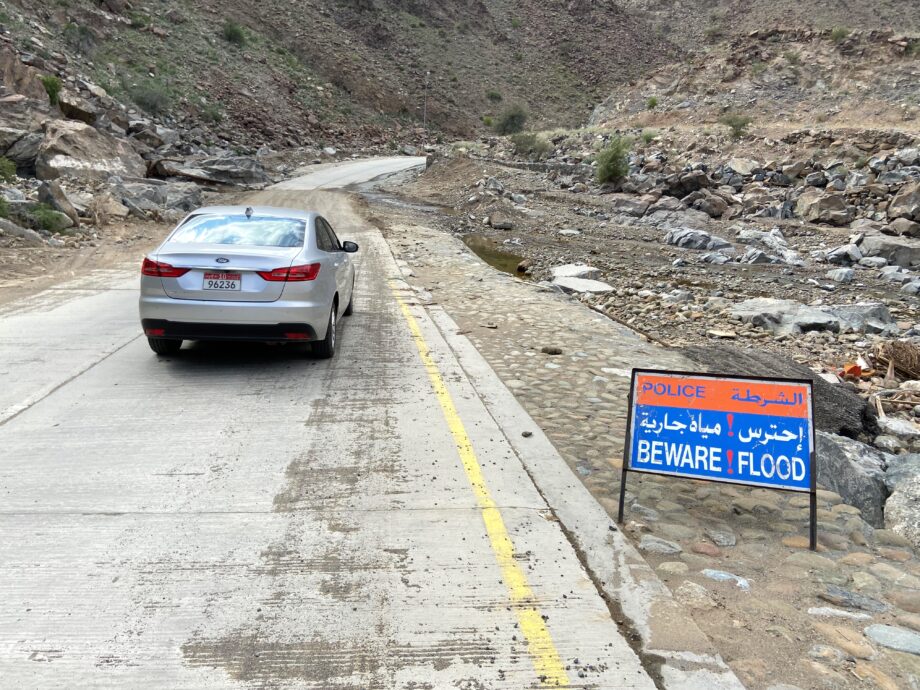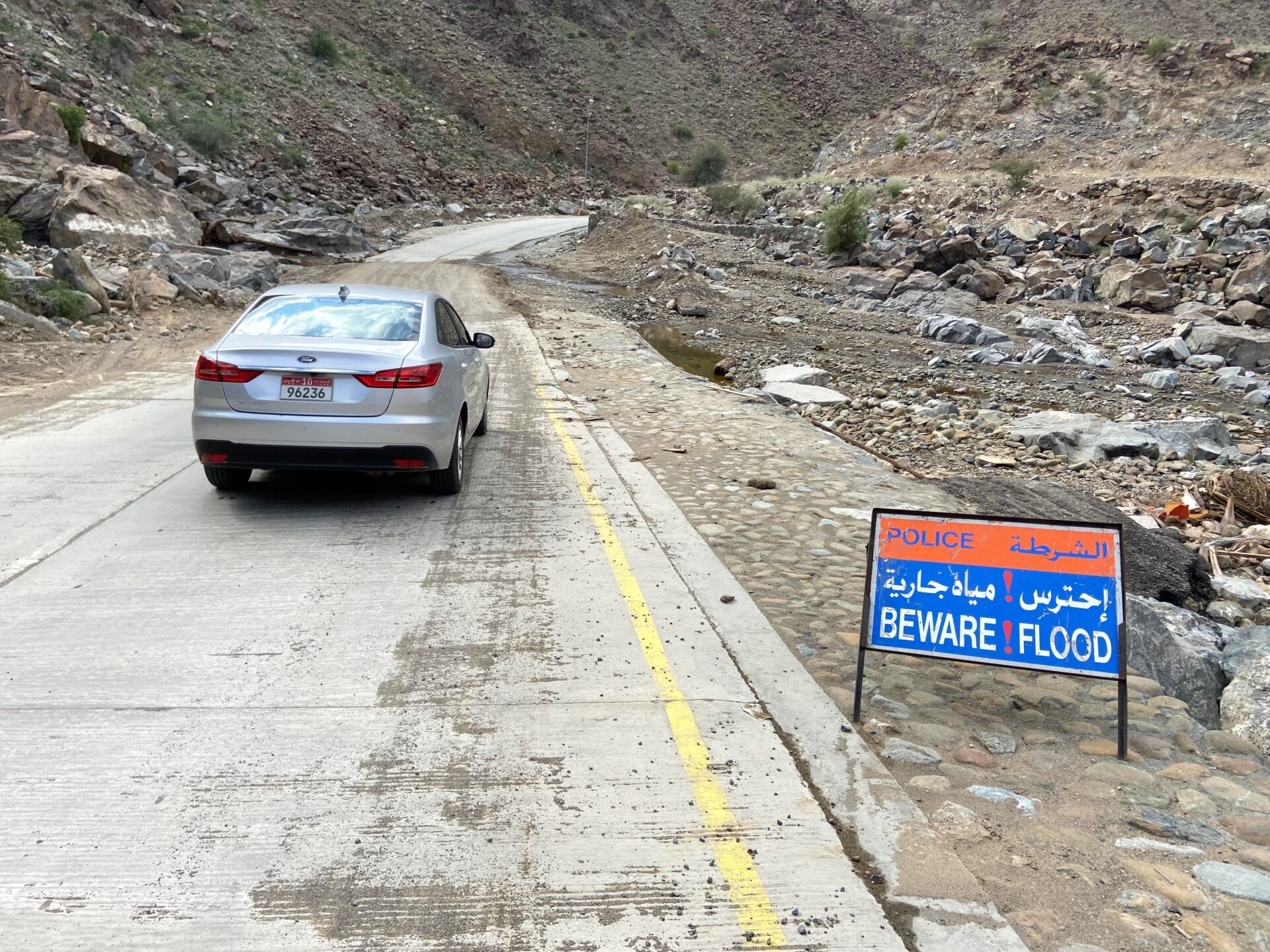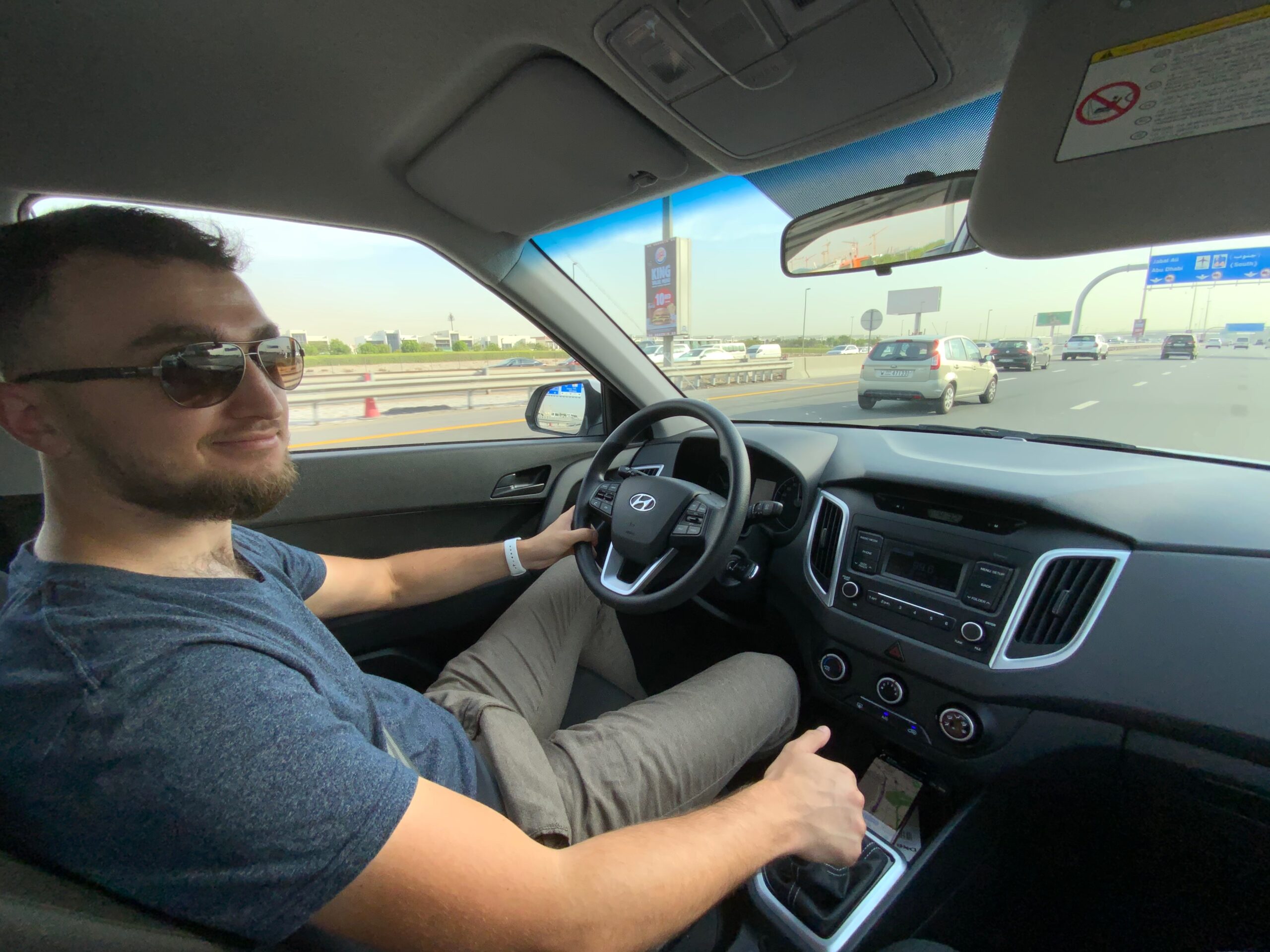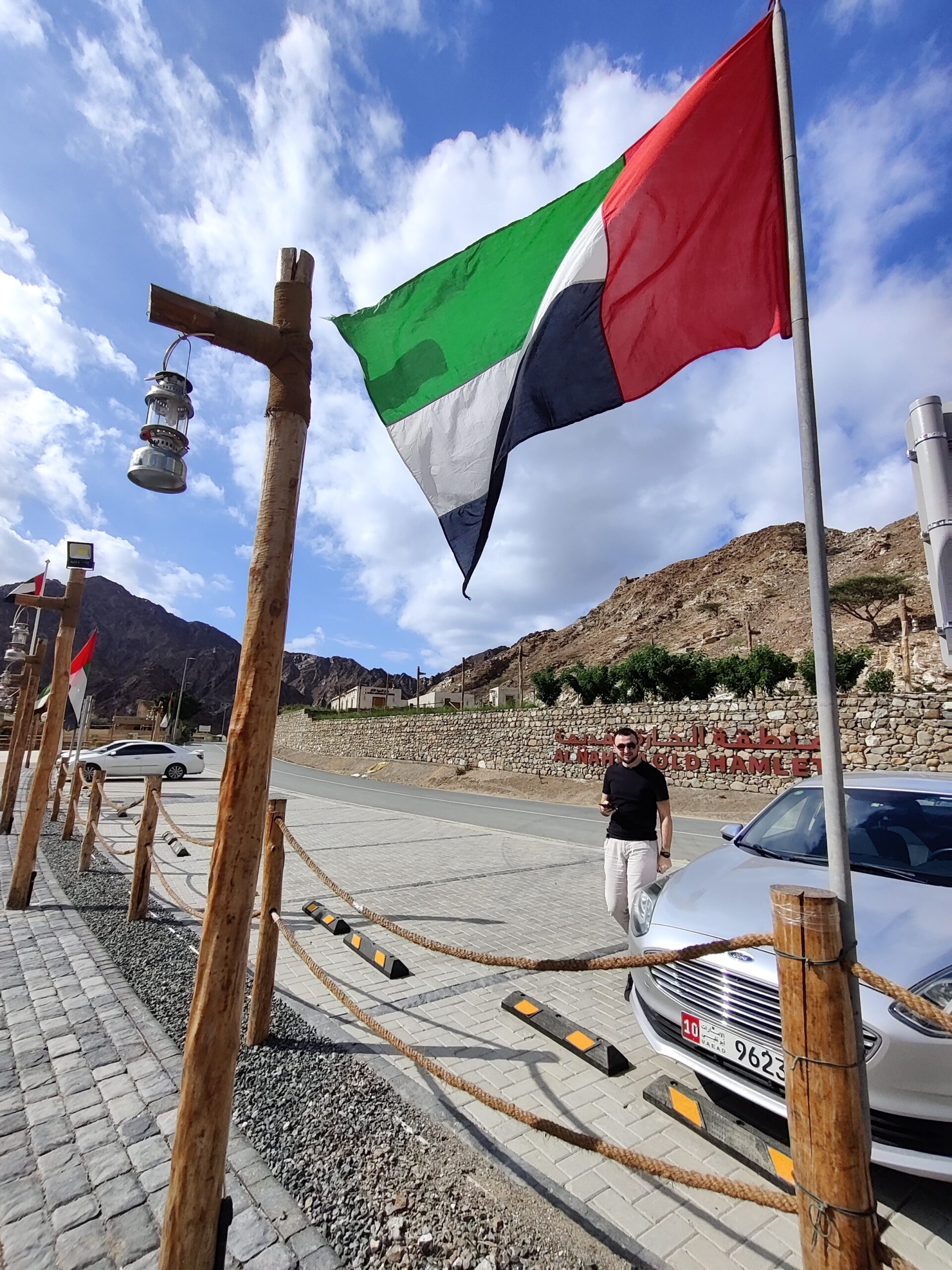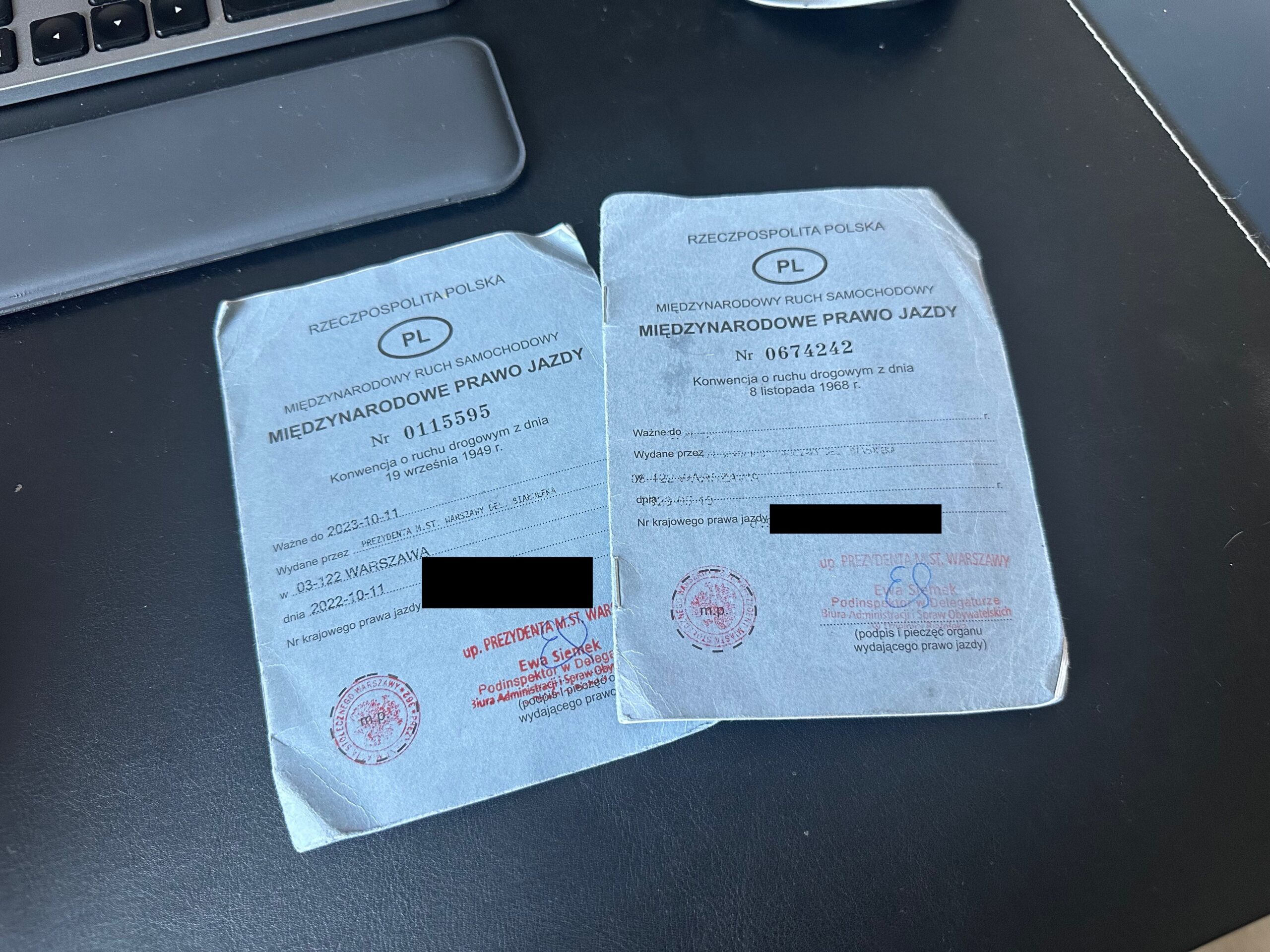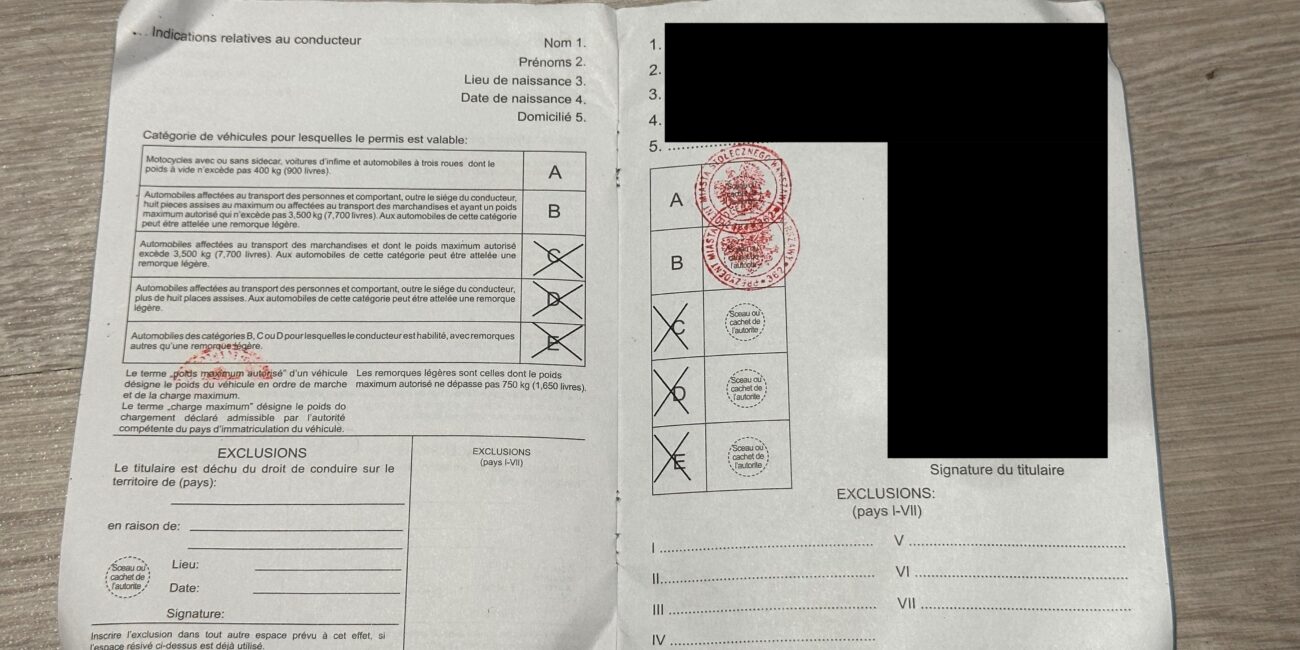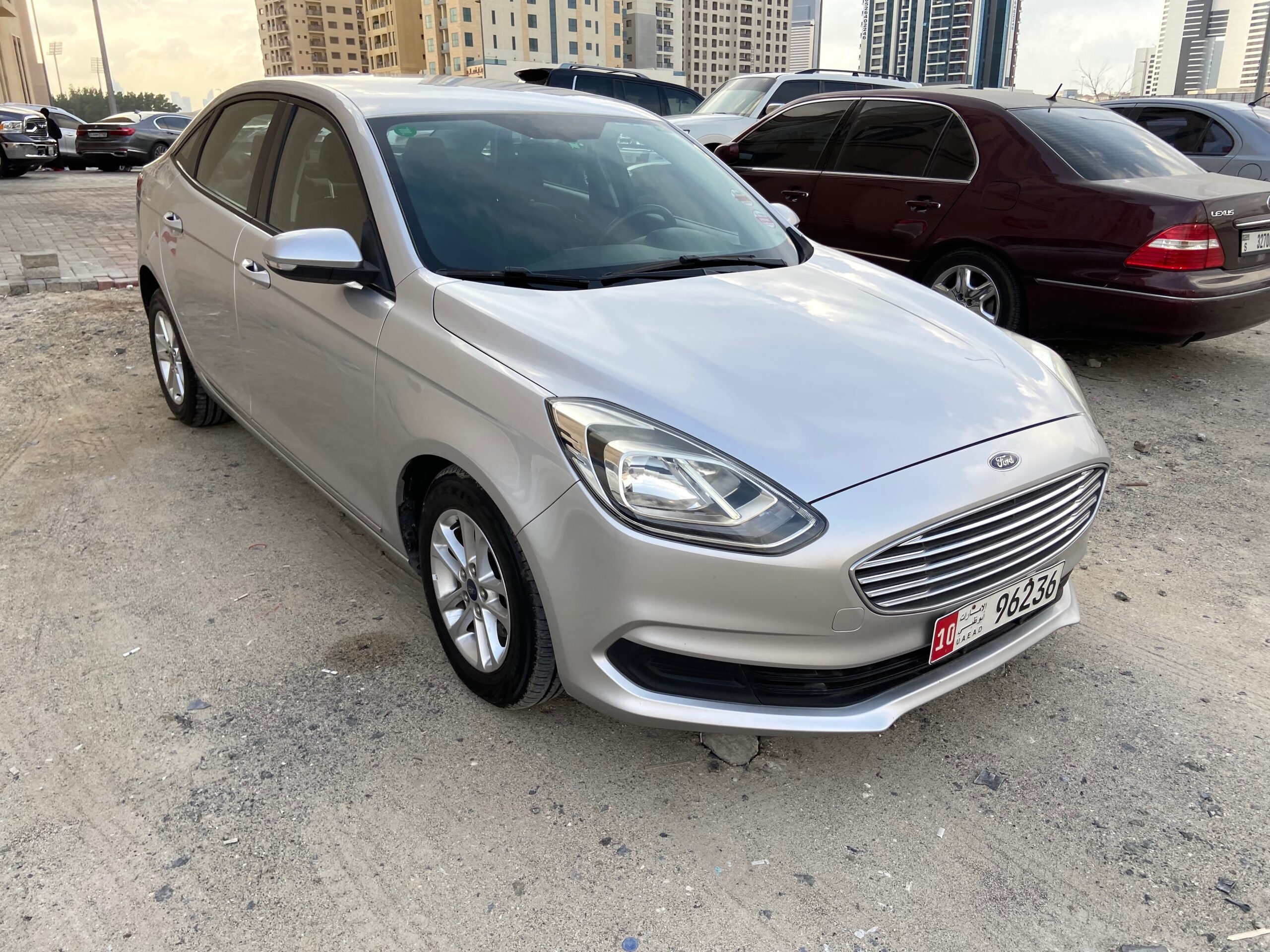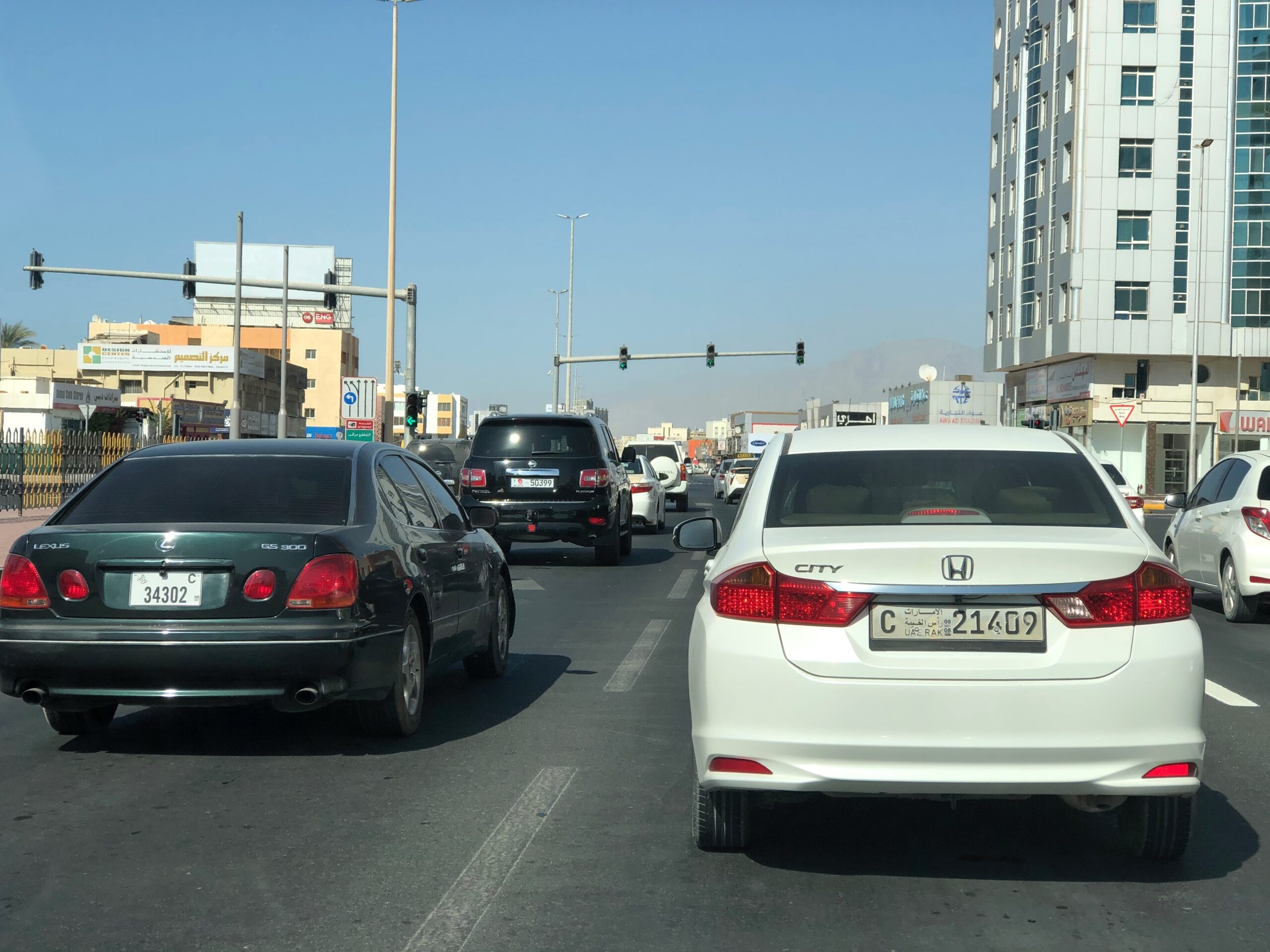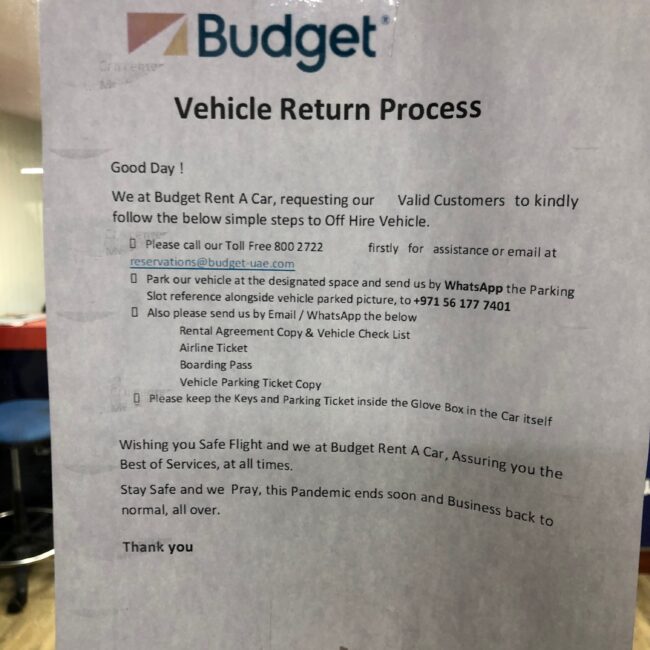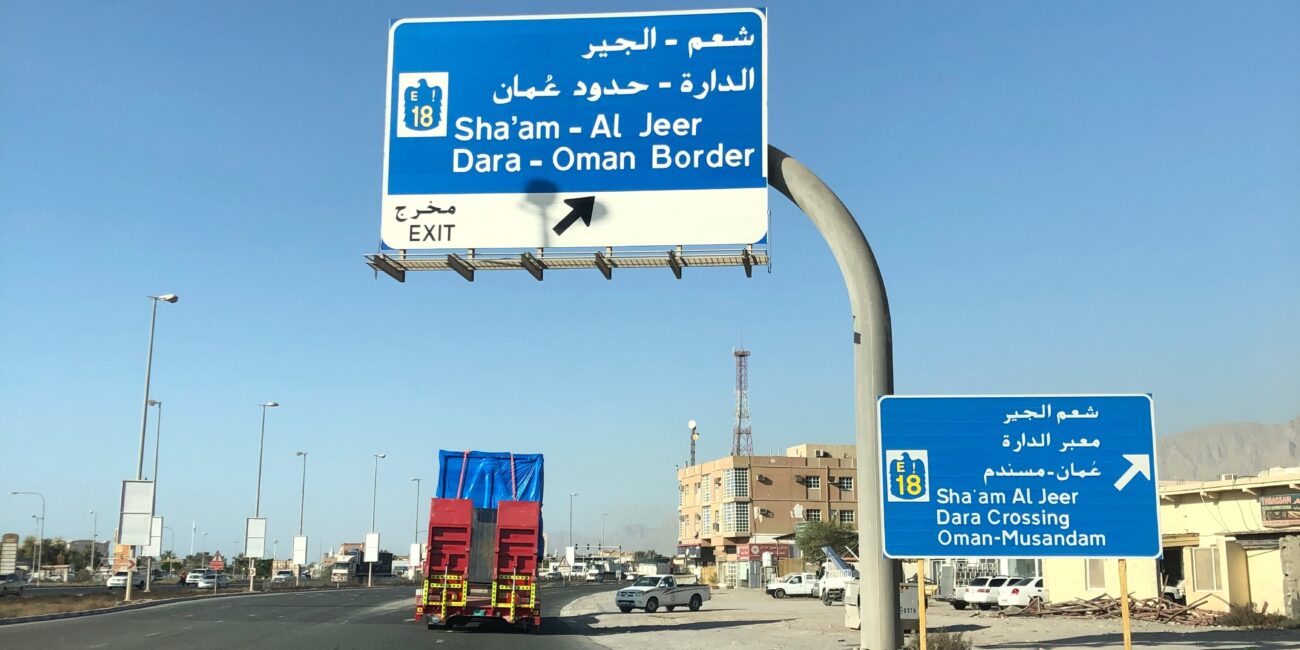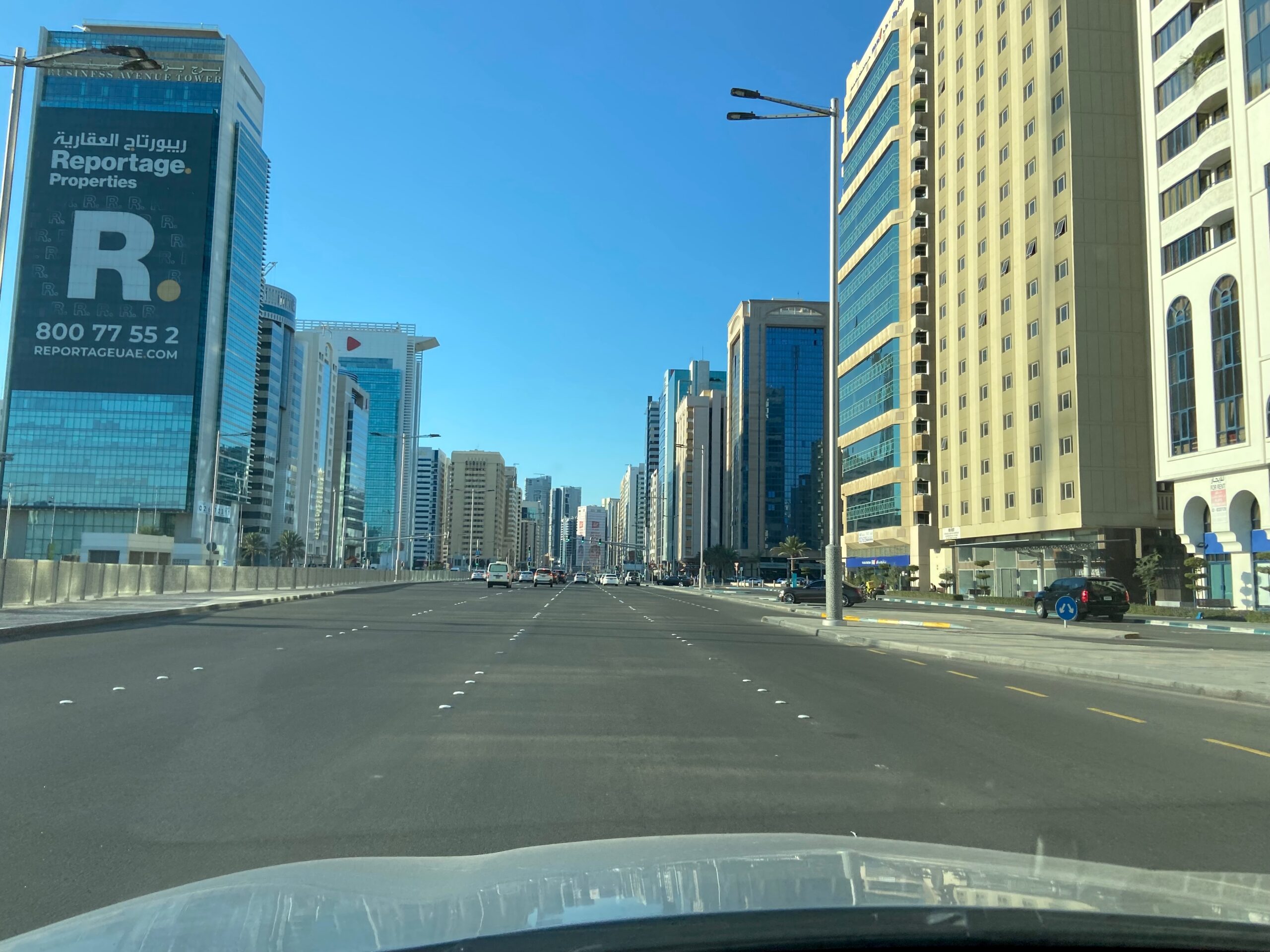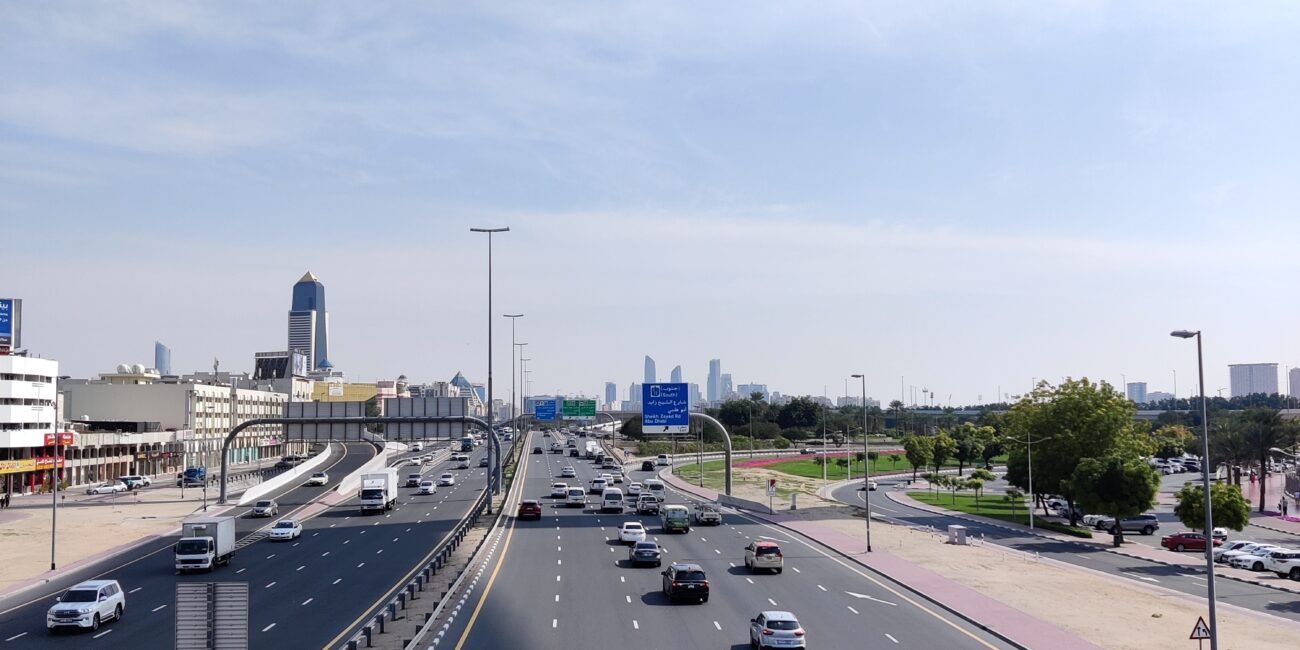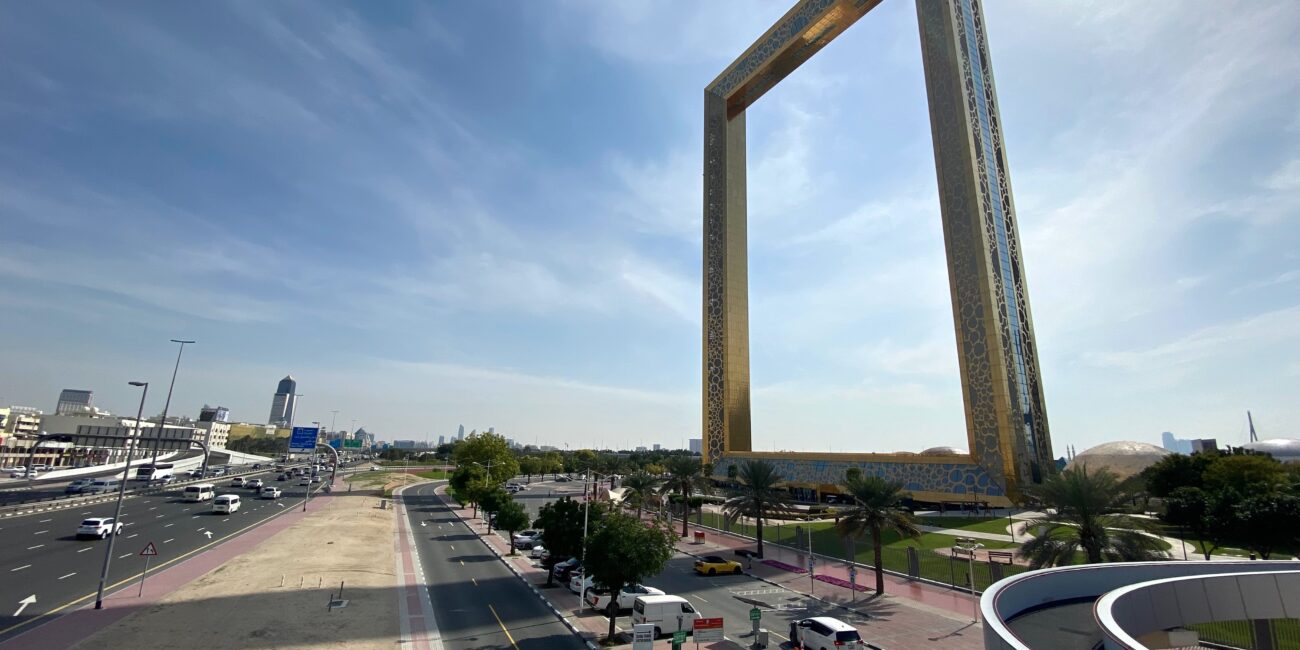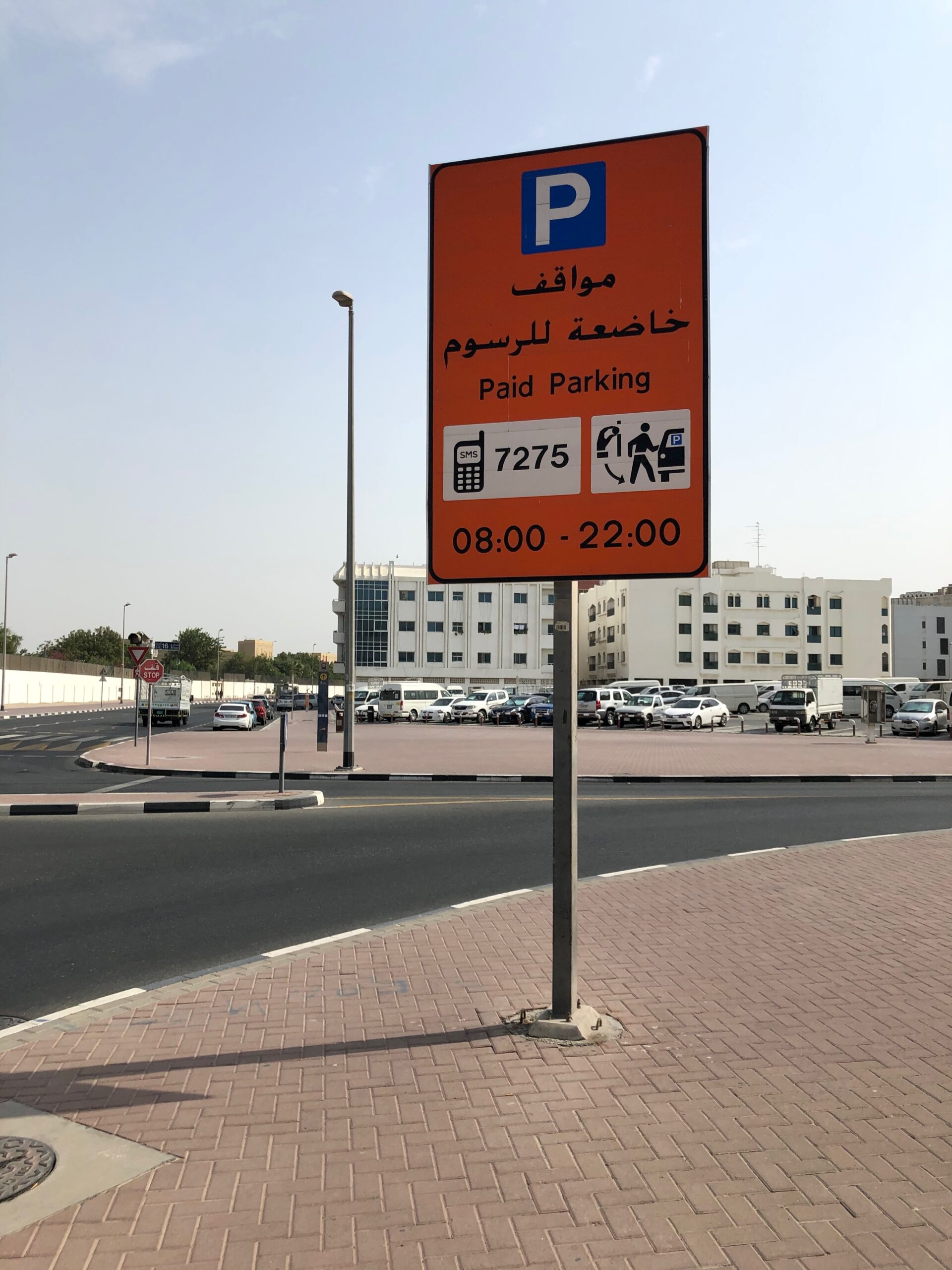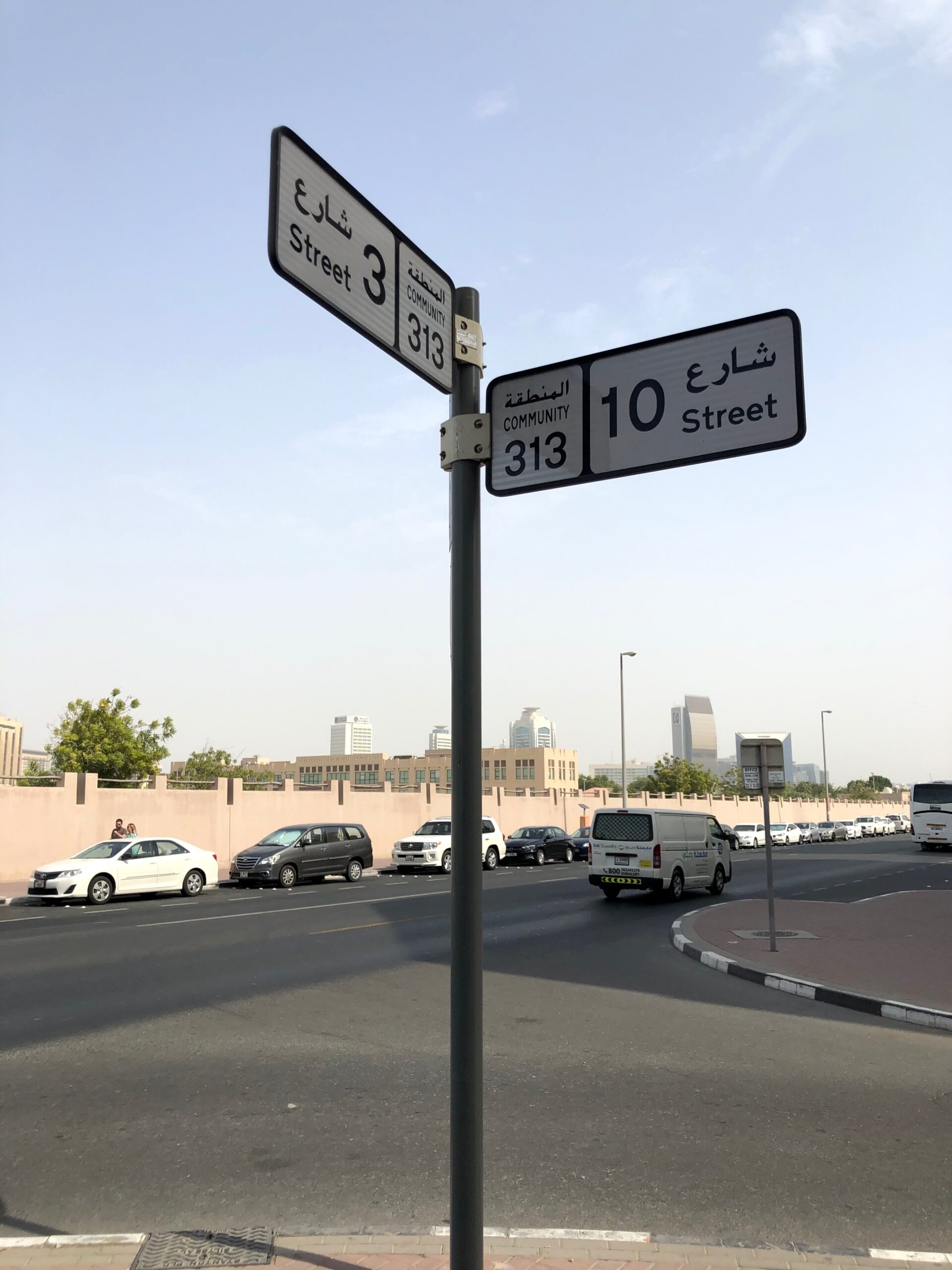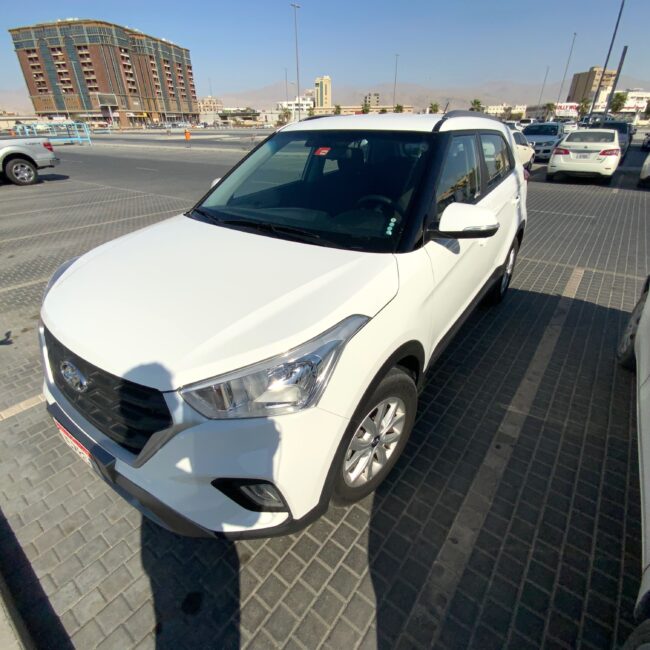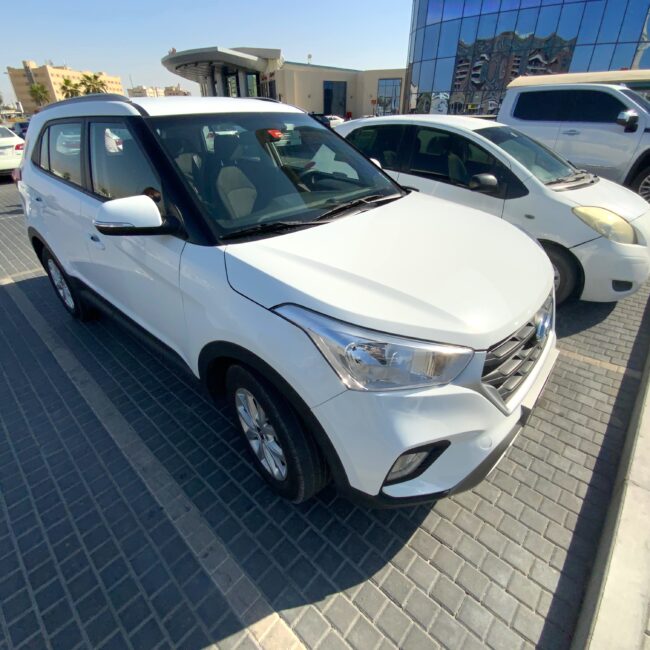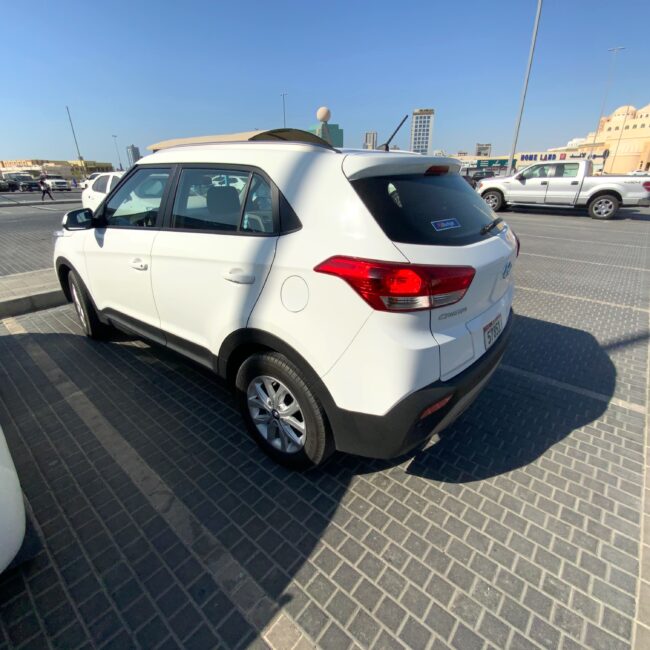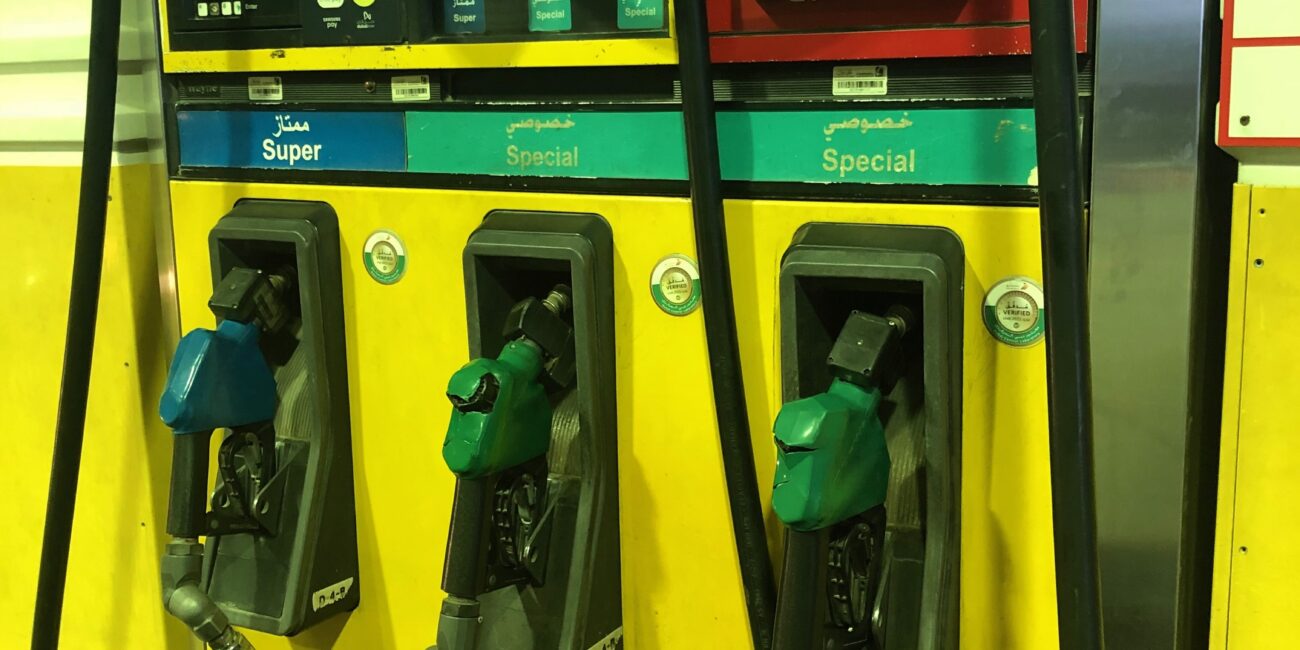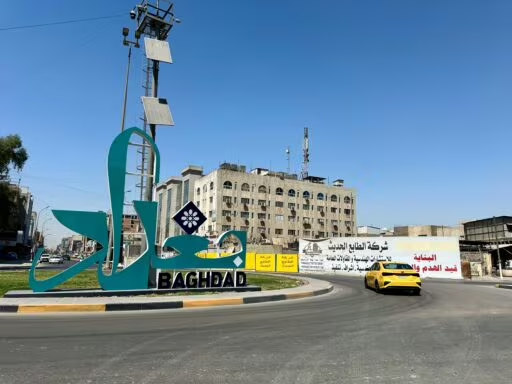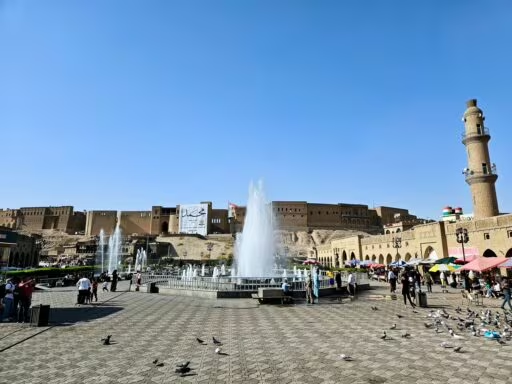This post is also available in:
Polski
Hello! 👋
Planning a trip to the United Arab Emirates? You’ll quickly notice that renting a car is the best way to explore the country, especially if you want to venture beyond the bustling centers of Dubai or Abu Dhabi. During our visit, we opted for a rental car, and in this post, we’ll share our experiences, tips, and advice – from renting a vehicle to navigating the roads.
What was our journey like?
If you’ve been following our posts, you know that we’ve visited the United Arab Emirates before. For those joining us for the first time – make sure to check out our previous articles! We’ve shared stories about Dubai, Abu Dhabi, and other fascinating destinations. You’ll get a glimpse of our past adventures and maybe find inspiration for your own trip. And most importantly – this won’t be our last visit to this country. 😊
- 📖 Our complex review of the UAE – Pros, cons and everything you need to know about the country.
- 🌇 Dubai – Futuristic skyscrapers, traditional markets and unforgettable attractions in a city full of contrasts.
- 🏙️ Abu Dhabi– The highlights of the Emirati capital, from the majestic Grand Mosque to modern technology such as autonomous cabs.
- 🏞️ Hatta – A picturesque enclave in the Al-Hajar mountains. Hiking trails, a dam and tranquil landscapes – perfect for a short trip out of town.
- 📌 Nahwa – An unusual enclave within an enclave. A fascinating geographical location that not everyone knows about!
Take a look for more details and inspiration before your own trip! 😊
Requirements for traveling in the country
To travel around the United Arab Emirates in a rental car, you’ll need to meet a few basic requirements and have the necessary documents ready. Here’s what you should prepare before renting:
- Your passport must be valid for the entire duration of your stay in the UAE. In some cases, rental companies may require it to be valid for at least six months beyond your planned departure date from the country.
- Driver’s License: If your license is not issued by one of the Gulf Cooperation Council (GCC) countries, you will need an International Driving Permit (IDP). It’s a good idea to check whether your rental company requires this document—many accept licenses from European Union countries, but to be on the safe side, it’s best to carry your IDP with you.
- Credit Card: In the UAE, rental companies typically require a credit card to secure the rental. They often place a hold for a deposit, which is released after the vehicle is returned in good condition. Debit cards are less commonly accepted, so ensure you have a credit card with a sufficient limit.
- Minimum Driving Age: The minimum age for drivers is usually 21 years old. However, for more luxurious models, rental companies may require drivers to be at least 25. If you’re unsure, check the specific requirements of your chosen rental company.
International Driving License
If you plan to rent a car in the United Arab Emirates, an International Driving Permit (IDP) may be an essential document. For Polish citizens, obtaining an IDP is relatively straightforward – you just need to submit an application at the traffic department appropriate for your place of residence, such as at a city office or district council.
You can find application forms on the official websites of the respective offices, and the process usually requires an in-person visit. If you feel a bit lost, we invite you to check out our dedicated post about the IDP. There, you’ll find a detailed guide based on our personal experiences and official information.
👉 Important: Only get your IDP made at official places to make sure the document meets international requirements – whether you’re a citizen of Poland or another country. 😊
In order to legally drive a car in the UAE, during a tourist stay of up to 30 days, an International Driving License in accordance with the Vienna Convention of 1968 is required.
👉 Check your country’s local regulations and make sure you have both a valid national driver’s license and IDP to legally rent a car and drive. For more information: internationaldrivingpermit.org
Where to rent a car in the Emirates?
Renting a car is a simple and convenient process, especially if you plan your trip well. Based on our experience, the easiest option is to rent a car at the airport – especially if you’re planning to stay in the country for a week or two. Why? Because it saves time and energy. You land, pick up the keys, and hit the road straight away.
Dubai, being both a city and an emirate, is expansive, and the airport often serves as the starting and ending point of your journey. Rental companies at airports like DXB (Dubai) or AUH (Abu Dhabi) offer a wide range of vehicles – from budget-friendly models to luxury SUVs – ensuring a quick and efficient process for picking up your car.
However, if you’re planning a longer stay, such as a month, it’s worth comparing prices on local car rental platforms. You can often find attractive deals that may include perks like unlimited mileage or lower deposits. Just make sure to carefully read the terms and conditions, especially regarding hidden fees, to avoid any surprises.
An additional advantage of car rental in the UAE is the option to return the vehicle at a different location from where you picked it up. For instance, you can collect the car in Sharjah and drop it off at Dubai International Airport (DXB) before your flight. This flexibility is ideal for travelers planning to explore multiple Emirates without the hassle of returning to the starting point.
What costs are involved?
Rental costs depend on several factors, such as the type of vehicle, rental period and additional services. Average rental prices are:
- Economy cars: prices start at around PLN 82 per day in Dubai and PLN 115 per day in Abu Dhabi.
- Luxury cars: The cost of renting a luxury vehicle can average PLN 714 per day, with prices likely to be lower in March, starting at around PLN 447 per day.
Additional charges
- Insurance: Basic insurance is usually included in the rental price, but it might be worth considering additional coverage, such as a Collision Damage Waiver (CDW), to minimize expenses in case of any damages. While it’s an option worth exploring, it’s not mandatory – and we’ll explain why later in the text.
- Additional Driver: If you plan for more than one person to drive the car, the rental company might charge an extra fee for each additional driver.
- Young Driver: Drivers under the age of 25 may incur an additional fee.
- Fuel Policy: Many car rental companies require the vehicle to be returned with a full tank. Failing to do so may result in a surcharge for the missing fuel.
- Accessories: Renting GPS, child seats, or other equipment involves additional costs.
- Airport fees: airport rentals can come with additional administrative fees. For the most part, our bookings already included potential airport fees in the rental price, and renting a car in the city can be more expensive than at the airport.
Fuel
In the United Arab Emirates, various types of fuel are available, and their prices are regularly updated. In November 2024, the prices were as follows:
- Super 98-octane gasoline: approximately 3.00 AED per liter. This is the highest quality fuel, suitable for modern, high-performance engines and sports cars. If you are renting a luxury vehicle, you will likely need to use this type of fuel.
- 95-octane gasoline (Special): approximately 2.63 AED per liter. This is the most commonly chosen option by drivers in the Emirates – perfect for standard vehicles that dominate the roads.
- Diesel: approximately 3.23 AED per liter. This fuel is mainly used in commercial vehicles, such as buses and trucks.
Road tolls in Dubai
The “Salik” toll system operates here. It works on the basis of electronic toll collection, meaning there are no traditional toll booths, and fees are automatically charged when passing through designated checkpoints.
How does it work?
Each vehicle registered in Dubai is equipped with a special RFID sticker placed on the windshield. When passing through a Salik gate, the system automatically reads the sticker and charges the appropriate fee to your Salik account. For tourists renting cars, most rental companies already equip vehicles with these stickers, and the fees are later added to the rental bill.
Where are the Salik gates located?
In Dubai, Salik gates are strategically placed at key points in the city, such as Sheikh Zayed Road, Al Maktoum Bridge, and Al Garhoud Bridge. Before your journey, it’s a good idea to familiarize yourself with their locations so you’ll know when the toll will be charged.
How much does it cost?
The standard fee for passing through a Salik toll gate is 4 AED per crossing. These fees may vary depending on the time of day and the location of the gate. It’s also important to note that multiple crossings through different gates in a short time could result in multiple charges.
Road tolls in Abu Dhabi
In Abu Dhabi, there is a road toll system known as “DARB”, which was introduced in January 2021. The goal of this system is to reduce traffic congestion and encourage the use of public transportation.
How does it work?
Car rental companies usually register their vehicles in the DARB system. Road tolls are then added to your bill after returning the car. However, make sure that the car has proper registration when renting it to avoid any unpleasant surprises.
Where are the DARB gates located?
In Abu Dhabi, you’ll most often use the main bridges leading to Abu Dhabi Island. DARB toll gates are located at the following locations: Sheikh Zayed Bridge, Al Maqtaa Bridge, Mussafah Bridge, and Sheikh Khalifa Bridge.
How much does it cost?
Tolls in Abu Dhabi are only applicable during peak hours: 7:00–9:00 and 17:00–19:00. Each crossing costs 4 AED, but if you’re traveling a lot around the city, don’t worry – the maximum daily toll is 16 AED, so after four crossings, you won’t be charged further. Importantly, tolls are not applied on Fridays or during official holidays.
As a tourist, you may unknowingly face fines if, for example, the rented car is not registered in the DARB system. Make sure the vehicle you’re driving is properly registered – this way, you can avoid a penalty, which starts at 100 AED for the first offense and increases for subsequent ones.
Insurance
In most cases, basic insurance (CDW – Collision Damage Waiver) is already included in the car rental price in the UAE. It covers repair costs in case of a collision, though there is often a deductible, which is the amount the driver must cover.
You can extend your coverage by purchasing additional insurance when booking online or at the rental office. However, keep in mind that companies sometimes try to “push” extra policies, which may not always be necessary.
If you have travel insurance, a credit card with coverage, or a travel policy that includes car rentals, additional insurance may be unnecessary. It’s worth checking the details of your coverage to avoid unnecessary expenses.
Travel insurance
When planning a trip, especially outside the European Union, it’s important to ensure you have the right travel insurance. However, before choosing a policy, be sure to check the travel recommendations from the Ministry of Foreign Affairs regarding the regions you plan to visit. Why is this so important? In some cases, if the Ministry of Foreign Affairs advises against visiting a particular area, your insurance may not cover incidents in that region.
Make sure to carefully read the General Terms and Conditions of the Insurance (GTC) – this is where you’ll find detailed information about the coverage, including the risks and territories covered by the policy. Travel insurance is not just about health protection; it also provides assistance in cases of car rental issues or potential legal problems abroad.
When traveling, it’s always a good idea to have a full policy tailored to your plans and the specifics of the country you’re going to. It’s a guarantee that even in unforeseen situations you’ll be able to count on support. 😊
Road rules and regulations in the Emirates
Traveling by car in the United Arab Emirates is relatively easy, but it’s a good idea to know and obey the local traffic laws to keep yourself and others safe on the road. Basic traffic rules:
- Right-hand traffic: As in most European countries, the UAE has right-hand traffic.
- Speed limits: Standard speed limits are 40 km/h on small streets, 60-80 km/h on main roads, and 100-120 km/h on highways. However, it is always worth paying attention to road signs, as local limits may vary.
- Road signs: Most signs are understandable to international drivers, and the lettering is usually in Arabic and English.
- Seat belts: Mandatory for all vehicle passengers. Failure to wear a seatbelt can result in a fine of AED 400 and 4 penalty points.
- Cell phone use: Talking on the phone while driving without a hands-free kit is prohibited and punishable by a fine.
- Alcohol and driving: There is zero tolerance for driving under the influence of alcohol in the UAE. Consuming alcohol before driving is strictly prohibited and can lead to serious legal consequences.
Reality on the road
- There are strict traffic regulations here, which are rigorously enforced.
- In general, the Emirati public is quite compliant with regulations, and traffic is smooth.
- There are exceptions, especially for drivers in expensive cars who can ignore speed limits.
- Speeding can result in fines ranging from 600 to several thousand dirhams (AED). Numerous radars and traffic monitoring cameras are installed on highways and intersections.
- Interestingly, in recent years they have also begun to penalize offenses such as throwing garbage out of the car, which is expected to improve the culture of behavior on the road.
- Driving culture in the UAE differs from Europe. Drivers often don’t use turn signals, and a signal that is on can be confusing, as some forget to turn it off after an earlier maneuver.
- On well-lit highways, it happens that drivers drive without their headlights on.
- Pay attention to the curb markings that indicate parking rules. Curbs painted in red and white stripes indicate that stopping is prohibited. In some places you will also find clear markings for private and public parking lots, with information about possible fees. Following these rules will help you avoid fines or problems with having your vehicle towed.
How to avoid extra fees and hidden costs?
To avoid unpleasant surprises when renting a car, it is worth paying attention to several key aspects:
- Online booking: make your reservation in advance online. This allows you to compare prices and get a thorough understanding of the rental terms, avoiding higher fees on the spot.
- Fuel policy: Always choose the “full to full” option. Returning with an incomplete tank incurs additional refueling fees, often much higher than the standard price at the station.
- Insurance deductibles: check the amount of the deductible that applies to basic insurance and whether additional insurance is really necessary. Beware of pressure from the rental company to purchase extended insurance if you have alternative coverage from other sources (such as a credit card).
- Return Conditions: Make sure you understand the rules for returning the vehicle, including the times and place of return. Minor delays may incur charges for an additional day of rental.
- Liability for damages: Make sure what damages are covered by insurance and what costs you may incur in the event of an accident. Some rental companies may try to shift liability to you for minor damages that are not your fault.
- Cancellation and change of reservation: Check the terms and conditions for cancellations and changes to reservations. In some cases, changes made close to the rental date may incur additional charges.
- Chargeback: If you encounter wrongful charges, it is worth remembering to use the chargeback procedure on your payment card. You can report the unauthorized transaction to the bank, which will process the chargeback.
Document the receipt and return of the car
To avoid unforeseen charges:
- Inspect the vehicle: Before taking delivery, inspect the car carefully, writing down any existing damage in a report.
- Take pictures: Document the exterior and interior condition of the car upon receipt and return, including fuel levels.
- Confirmation of return: Ask the rental company employee to confirm in writing that the car has been returned without new damage.
- Keep documents: Keep contracts, confirmations and photos as evidence if disputes arise.
Refueling the car
- Most commonly, two or three types of fuel are available – 98 and 95-octane. Most passenger cars run on 95 gasoline.
- Most gas stations accept both cash and credit cards, but in smaller towns it is better to carry cash. Larger stations, especially along highways, offer card payments without a problem.
- At larger stations, especially along highways, there is usually an ATM nearby, which can save the situation if you find that card payment is not possible.
- At most stations, the staff fills up the fuel for you.
- Most gas stations operate 24 hours a day, especially those along major roads and highways.

